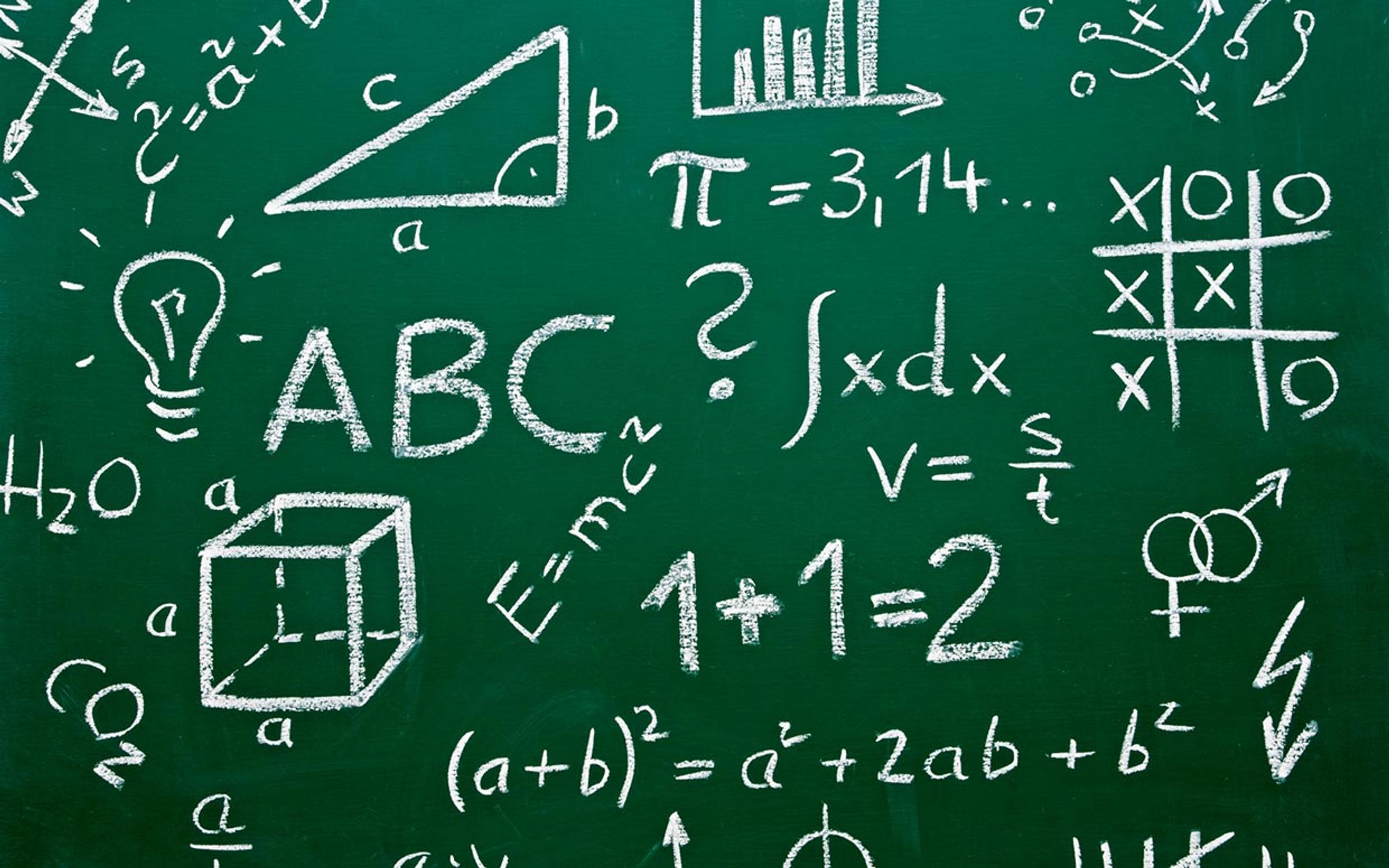Numeracy

Using Arrays to Develop Multiplication and Division
Using Arrays to Develop Multiplication and Division
Many of our students have been learning about Multiplication and Division (and how these two processes are related) by using Arrays. Using arrays helps the children to understand multiplication and division concepts and helps make links to concepts such as measurement of Area and Volume in future learning.
Tips for parents:
• Ask your child to help prepare plates of biscuits by making rows and describing the pattern they’ve made (e.g. “I made three rows with three in each row.”)
• Point out and describe arrays (rows of objects) when they occur (e.g. the arrangement of eggs in a carton, the number of spaces for muffins in a muffin tray).
• Sort objects by placing them in rows (e.g. the shoe collection at the door, preparing cards for a card game).
• If using a sticker chart, arrange these into rows or a grid format.
Ask questions like:
- How many lettuce plants would there have been if we planted 3 rows of 5?
- If we planted 24 bean plants in 4 rows. How many plants would be in each row?
- Our vegetable garden has 12 carrot plants. Draw the different ways that these plants could be planted in rows.
- 20 plants were placed in rows with 5 plants in each row. How many rows were there?
Middle and Upper Primary Numeracy Tips
If you have kids in middle and upper primary, try these ideas to add maths into your everyday life without much fuss!
- When playing board games (e.g. snakes and ladders or monopoly), use two dice. Let the kids choose if they want to move forwards by both, back by both, or forwards by one and backwards by the other.
- Let the child work out the logistics for their birthday party (or dinner, or a camping trip etc.) – how many cups, plates, packets of lollies etc. for the guests… as well as the timing (e.g. everyone will be here by 4:00 so we will play games until 4:30 and then serve cake. That will take 15 minutes. Then…)
- Arrange groups of objects into different arrays (like 12 muffins in a tin vs 12 eggs in a carton). Use existing arrays for calculations (e.g. looking at a wall of shoes in a sports shop, work out how many shoes that represents, calculate how many rooms in a hotel by counting the floors and the number of windows in each floor)
- Talk about how likely something is to happen and give your surety a numerical measure (e.g. a 50% chance of rain vs a 90% chance of rain according to the weather predictions)
- Let the kids cook – particularly recipes involving fractions of cups etc.
- Plan routes on maps. Work out the total distances involved, but also talk about the traffic and whether one route would be faster.
- When on the highway, estimate how long it would take to get to the next town given the speed limit and distance.
- Budget and save for holidays or larger items. Work out a payment plan (e.g. washing up is worth $__ but mowing the lawn is worth $__). Get them to figure out how to earn the amount of money that they want. Consider incentives (e.g. every time you save $20 we will contribute another $5) or loans (yes you can borrow the $50 from us, but you have to pay us back $55).
Source: Back-to-Front Maths
